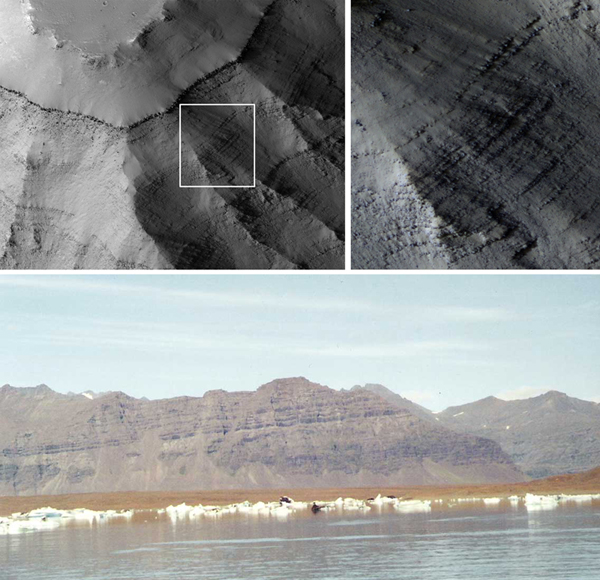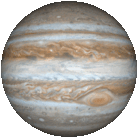RESEARCH
ARGYRE MONS
A Volcano discovered on Mars! A large vent structure has been identifed on the floor of the Argyre impact basin. This represents the first volcanic structure indentified within Argyre. At my request, the IAU Working Group for Planetary System Nomenclature has approved the name Argyre Mons! For more information, see the entry in the Gazetteer of Planetary Nomenclature. This discovery has been presented at the 2014 Lunar and Planetary Science Conference in Houston. See the abstract and the poster.
VALLES MARINERIS
Valles Marineris is a massive canyon system on Mars stretching more than 4000 km (2500 mi) in length, approximately the width of the United States and nearly a quarter of the planet's circumference. The deepest parts of the canyon system exceed 8 km (5 mi), and Mt. Everest, the tallest peak on Earth (8,840m; 29,002 ft), would fit inside it.
 (A) Topography of the Tibetan Plateau on Earth and (B) Valles Marineris on Mars.
(C) Topographic profile across the Tibetan Plateau crossing Mt. Everest and (D) topographic
profile across the widest portion of the Valles Marineris canyon system (inset: topographic
profile of the Grand Canyon).
(A) Topography of the Tibetan Plateau on Earth and (B) Valles Marineris on Mars.
(C) Topographic profile across the Tibetan Plateau crossing Mt. Everest and (D) topographic
profile across the widest portion of the Valles Marineris canyon system (inset: topographic
profile of the Grand Canyon).
Early images aquired by MGS revealed the rocks forming the walls of the canyons appeared to be comprised of layers with meter scale alternating light and dark toned banding. It was suggested that this could be sedimentary layers or possibly layering resulting from flood basalt volcanism where successive effusive eruptions of basaltic lava formed a sequence of layers. Mars has experienced volcanism throughout its history and much of its surface is comprised of volcanic rocks. Valles Marinaris transects the Tharsis province of Mars, a large topographic rise larger than the United States. Tharsis is a massive volcanic province that includes the largest shield volcanoes in the solar system, the same type of volcanoes that make up the Hawaiian Islands. It is therefore likely the wall rocks have a volcanic origin, though sedimentary layers may still be present and are are abundant within the canyons themselves. My work on interpreting some of these early MGS images of Valles Merineris can be found in this paper published in the journal Geophysical Research Letters.

(Top) Layered wall rock of Valles Marineris (HiRISE image PSP_003104_1655 NASA/LPL Univ. of Arizona) (Bottom) An image I took in Jökulsárlón, Iceland showing rhythmic layering due to sequential eruptions of flood basalts that blanketed extensive areas providing an analog for the layering in the walls of Valles Marineris.
 Home
Home Research
Research Publications
Publications Outreach
Outreach CV
CV